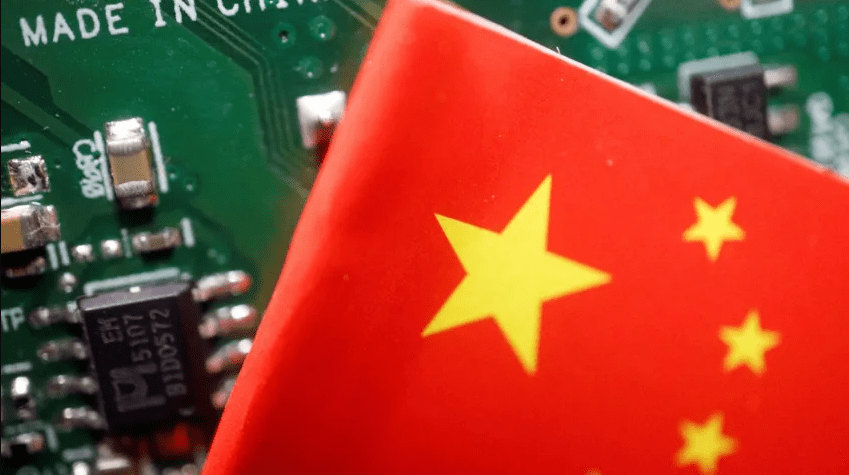Navigating the Complex Landscape of Semiconductor Manufacturing: The Case of China

In recent years, the global semiconductor industry has been witnessing a seismic shift in its dynamics, with China emerging as a significant player in this high-stakes game. A recent NBC Connecticut article sheds light on China's endeavors to bolster its semiconductor capabilities despite facing formidable challenges, including U.S. sanctions and technological barriers. Let's delve deeper into this complex landscape.
At the heart of China's semiconductor ambitions lies the drive to achieve self-sufficiency in chip manufacturing—a crucial component of its broader technological and economic goals. Despite facing stringent sanctions from the United States, China has been steadfast in its efforts to advance its semiconductor sector. The country has allocated substantial resources towards research and development, as well as incentive's domestic production through initiatives like the "Made in China 2025" plan.
One of the key strategies employed by China to bolster its semiconductor capabilities is through investment in cutting-edge fabrication facilities, such as the state-of-the-art foundries operated by companies like Semiconductor Manufacturing International Corporation (SMIC). These facilities, equipped with advanced manufacturing technologies, aim to reduce China's reliance on foreign semiconductor suppliers and enhance its competitiveness in the global market.
However, China's path towards semiconductor self-reliance is not without its challenges. Despite significant progress, the country still lags behind industry leaders like Taiwan, South Korea, and the United States in terms of technological sophistication and production capacity. The NBC article highlights critical bottlenecks in China's semiconductor ecosystem, including limitations in equipment and materials, intellectual property issues, and talent shortages.
Moreover, the impact of U.S. sanctions on Chinese semiconductor firms cannot be understated. Restrictions on access to crucial technologies and equipment pose significant hurdles to China's efforts to achieve technological independence. The recent blacklisting of SMIC by the U.S. government further exacerbates these challenges, underscoring the geopolitical tensions that shape the global semiconductor landscape.
In navigating these complexities, collaboration emerges as a potential avenue for progress. Engaging in strategic partnerships with international firms, leveraging global supply chains, and fostering an environment conducive to innovation and talent development could accelerate China's semiconductor ambitions. Additionally, dialogue and cooperation between China and the United States are essential in addressing mutual concerns and fostering a more stable and inclusive semiconductor ecosystem.
As China continues to forge ahead in its quest for semiconductor self-sufficiency, the global semiconductor industry stands at a pivotal juncture. The interplay of technological advancements, geopolitical dynamics, and economic imperatives will shape the future trajectory of this critical sector. By navigating these challenges with foresight and collaboration, China and its counterparts can unlock the full potential of semiconductor innovation for the benefit of society at large.

